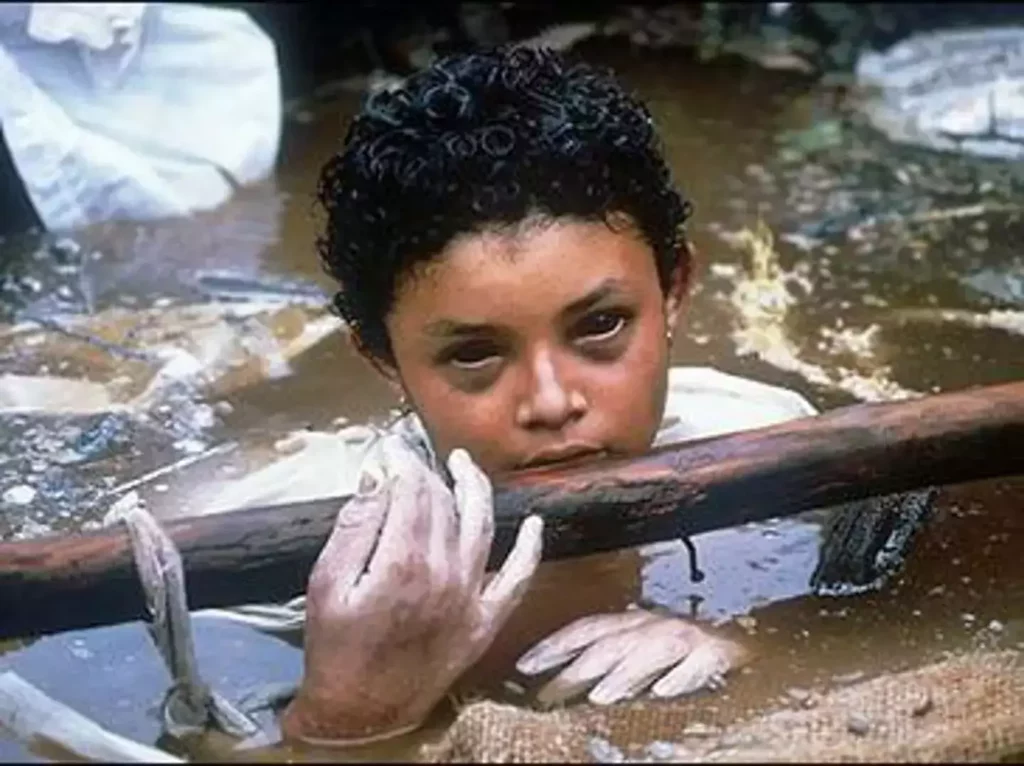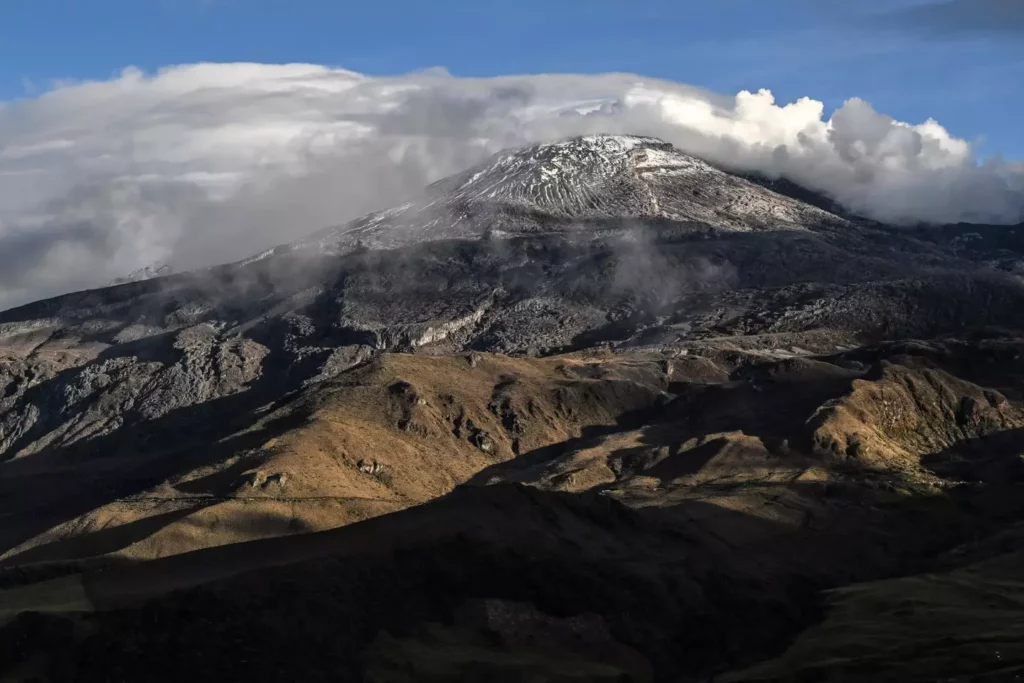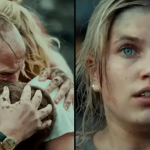When the Nevado del Ruiz volcano erupted in Colombia, it resulted in the deaths of approximately 20,000 out of 29,000 residents in the town of Armero, leaving the area in devastation.
The death toll from the surrounding areas increased the total loss of life to 25,000, and the town was eventually abandoned entirely.
One reason this volcanic eruption was so deadly is that it melted the glaciers on the mountain, generating a pyroclastic mudflow called a ‘lahar.’
It’s believed that the town of Armero was struck by three of these lahars, which caused additional deaths among those who had survived the initial eruption.
One of the most well-known victims was a 13-year-old girl named Omayra Sánchez Garzón, who became trapped under debris and volcanic mud.
Multiple rescue attempts were made to save Omayra’s life, but they were unsuccessful in freeing her. After several days, she sadly passed away.

Rescue efforts were made, but they were unsuccessful. In her final hours, those trying to save her could do little more than offer comfort. They placed a tire around her to keep her afloat while people brought her sweets and drinks.
She died on November 16, three days after the eruption, from either hypothermia or gangrene. Her final words were: “Mommy, I love you so much; daddy, I love you; brother, I love you.”
Divers later discovered that the 13-year-old’s legs were pinned under the roof of her house, with her deceased aunt’s arms clutching them.
One reason she became so famous was due to a photograph taken by photographer Frank Fournier.
He captured a photograph of her with her eyes so bloodshot that they appeared black.
Fournier’s photo spread around the world, and he described the girl as having faced death with “courage and dignity.” He recalled that she began to hallucinate and asked him to take her to school, expressing fear that she would be late.

The photographer recalled that later, some people questioned him, asking, “Why didn’t you help her? Why didn’t you get her out?”
He explained to the BBC that it was ‘impossible’ to rescue the girl, adding, “There was an outcry and debates on television about the role of the photojournalist, questioning how much they are like vultures.”
“But I felt it was important for me to report the story, and I was relieved that there was some reaction. It would have been worse if people had not cared about it.”
“I am very clear about what I do and how I do it, and I strive to perform my job with as much honesty and integrity as possible.”
“I believe the photo played a significant role in raising global funds for aid and shedding light on the irresponsibility and lack of courage exhibited by the country’s leaders.”
“The absence of leadership was evident. Despite scientists having predicted the catastrophic impact of the volcano’s eruption, there were no evacuation plans in place.”
“People continue to find the picture disturbing, which underscores the enduring impact of this little girl. I was fortunate to serve as a bridge, connecting people with her story. It’s a testament to the magic of the moment.”





